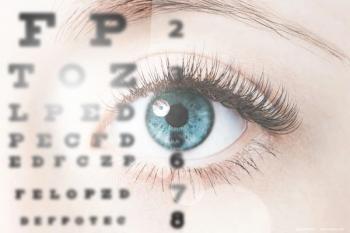
Daylight, outdoor time linked to myopia
Two new studies add to the growing evidence that spending time outdoors may help prevent or minimize myopia in children.
San Francisco-Two new studies add to the growing evidence that spending time outdoors may help prevent or minimize myopia in children.
In a study conducted in Taiwan, children who were required to spend recess time outdoors had a reduced risk of nearsightedness. A separate study in Danish children found a direct correlation between seasonal fluctuations in daylight, eye growth, and the rate of nearsightedness progression. The research was published in the May issue of Ophthalmology, the journal of the American Academy of Ophthalmology.
In one of the new studies, an elementary school in Taiwan required its 333 students to spend recess outdoors for a year. A similar school nearby served as the control group and did not require outdoor recess. The results showed that significantly fewer children became nearsighted or shifted toward nearsightedness in the school that required outdoor recess, compared with the control school.
“Because children spend a lot of time in school, a school-based intervention is a direct and practical way to tackle the increasing prevalence of myopia,” said the leader of the study, Pei-Chang Wu, MD, PhD, of Kaohsiung Chang Gung Memorial Hospital in Kaohsiung, Taiwan.
A separate study on the impact of daylight exposure on eye development analyzed data collected in a 2005 clinical trial that included 235 Danish school children with myopia. The participants were divided into seven groups, each of which represented a different seasonal interval. Because daylight hours fluctuate markedly with the seasons in Denmark, access to daylight was distinct for each group. In the children with access to the fewest hours of daylight, eye growth averaged 0.19 mm; in those with access to the most daylight, eye growth was just 0.12 mm.
“Our results indicate that exposure to daylight helps protect children from myopia,” said Dongmei Cui, MD, PhD, of Sun Yat-sen University, China, the leader of the study.
For more articles in this issue of Ophthalmology Times eReport,
Newsletter
Don’t miss out—get Ophthalmology Times updates on the latest clinical advancements and expert interviews, straight to your inbox.















































.png)


